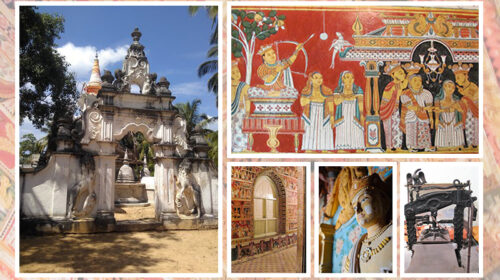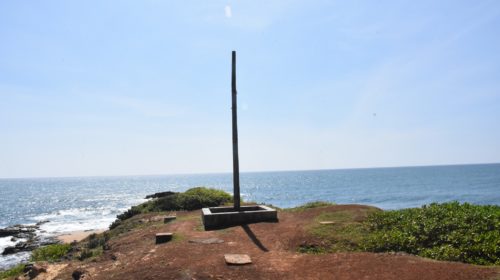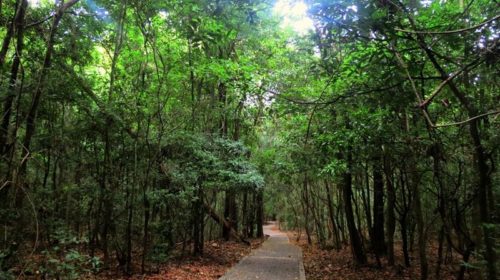Rajagala or Rassagala

A truly important stone engraving has been found in Mihintale which can demonstrate that Arahant Mahinda the Great came to Ceylon. What’s more, the main stone engraving found so far that specifies a stupa where Arahant Mahinda the Great was incinerated subsequent to achieving Pirinivan is found at this hallowed spot called Rajagala or Rassa Hela in the Ampara District. There are around 300 sections of land of antiquated remnants in the Rajagala Archeological site.
The Mahavamsa states that the relics of Arahant Mahinda were set in Sagiriya (Mihintale) and a few different spots and dagobas were constructed. Likewise, this Rajagala or Rassa Hela in the Ampara District is a mountain which is around 1038 feet above ocean level. Its southern side is steeply inclining, yet its northern limit is continuous.
An engraving in Brahmin script dating to the third century BC can in any case be seen on a stone in this hallowed region. .
Mr. Paranavithana himself has additionally tracked down the remains of a dagoba close to this stone engraving. Hence, as indicated by the Mahavamsa, this is believed by archeologists to be the encapsulation of the appearance of Arahant Mahinda the Great and the spread of the Dhamma (notwithstanding the engraving from Mininthala).
Previous Commissioner of Archeology Dr. Charles Godakumbura has expressed in his 1961-62 Archeological Survey that 22 cavern engravings, 4 stone engravings and an engraving have been found in this Rajagala sacrosanct region during this period. In the end it arrives at the plain at the foot of the mountain. Structures of different shapes and sizes can be seen on this incline. The doorways to these structures are made of layered iron on the two sides, and house to house stone sections with snakes masked as people.

A few moon lights might have been covered here. The trench that goes through the plain evaporates. In any case, this is the place where the inhabitants of this enormous religious community get the water they need. There was a rooftop in antiquated occasions over the two stone dishes. The rooftop is additionally associated with a huge structure a brief distance away by a square structure. A large portion of a lotus blossom in the focal point of the moonstone. Past that is a circle with petal designs. Here the picture of the Na lord is carried on the hands, not on the hands, as somewhere else.
The Rajagala Range with the Rajagala Sacred Area on the eastern side of the Divulana Lake in the Ampara District is situated toward the west of the Rajagala Plain settlement which is associated with the left bank of the Galoya Senanayake Samudra. Rajagala additionally has a cavern like the Mihindu cave in Mihintale. Mr. CW Nicholas has referenced with regards to the caverns devoted to the Maha Sangha in around 5 engravings found in this consecrated spot. “A few engravings express that a portion of these caverns were forfeited by the two children and sovereigns of King Saddhatissa”. In this unique situation, it ought not be failed to remember that Tissamaharama, the focal point of Ruhuna, Sithulpawwa, the focal point of Buddhist development, just as Rajagala in Eastern Ceylon, are regions where the old Buddhist character is unmistakably communicated.



